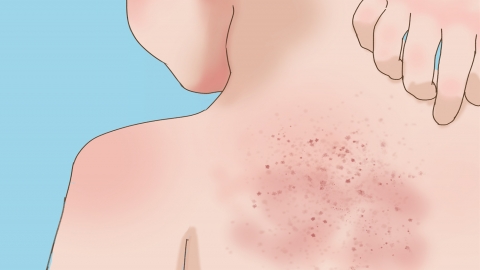What should I do about my child's hemangioma?
Children's hemangiomas can be managed through close observation, topical medications, laser therapy, injection treatment, or surgical intervention. Most benign hemangiomas improve naturally over time, and treatment plans should be tailored based on the lesion's location and size. If a hemangioma grows rapidly, ulcerates with bleeding, or affects organ function, prompt medical attention is recommended.
1. Close observation: For small, superficial hemangiomas without symptoms, regular monitoring of size and color changes is sufficient. Most regress spontaneously by ages 5–10, so early intervention is unnecessary to avoid skin irritation from treatments.
2. Topical medications: For slow-growing superficial hemangiomas, application of pediatric-specific ointments under medical guidance can inhibit blood vessel proliferation and promote lesion shrinkage. This approach is simple, has few side effects, and is suitable for young children.

3. Laser therapy: For bright red, fast-growing superficial hemangiomas, mild-wavelength lasers are used to destroy abnormal blood vessels and reduce blood supply, promoting regression. Proper skin protection after treatment is essential to prevent infection.
4. Injection therapy: For deep or large hemangiomas, low-concentration medication is precisely injected into the lesion to reduce its size. This procedure should be performed by pediatric or hemangioma specialists to minimize damage to surrounding tissues.
5. Surgical treatment: For hemangiomas that obstruct vision, interfere with feeding, or do not respond to medication, minimally invasive surgery may be used to remove the lesion. Postoperative wound care is important to minimize scarring and its impact on appearance.
In daily life, dress children in soft, loose clothing to avoid friction on the hemangioma area. Gently clean the area with lukewarm water and keep it dry. Regularly monitor changes in the lesion and minimize external irritation.




